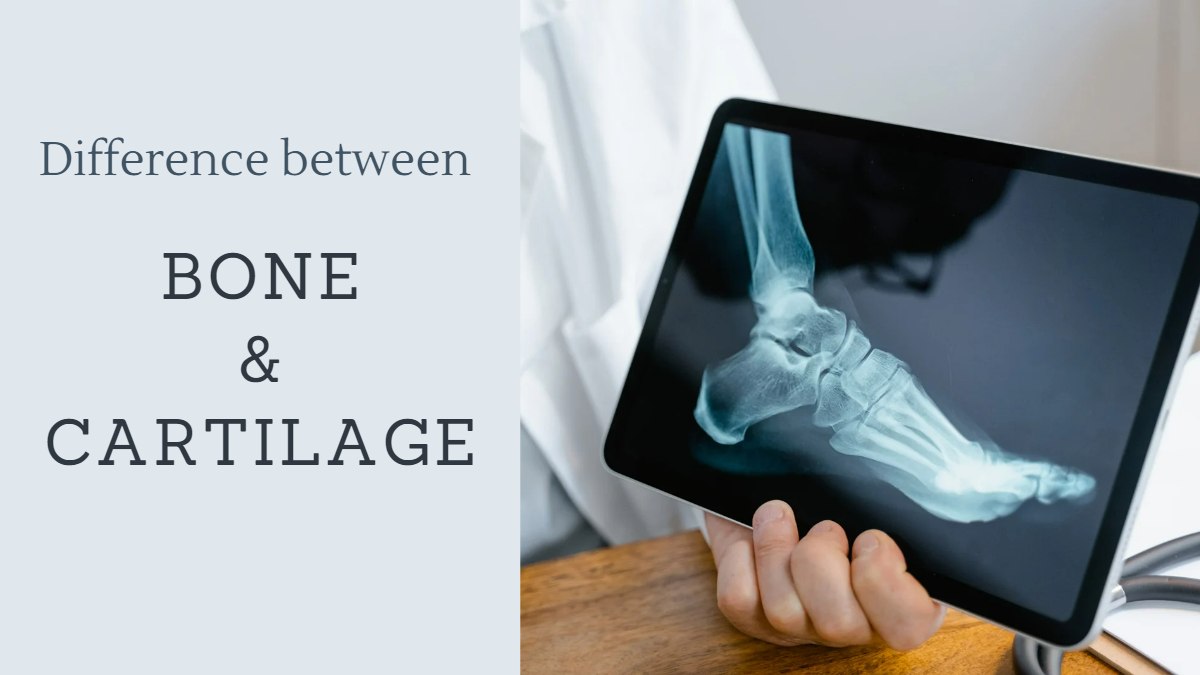Related posts:
- Visual Test: Only the sharpest eyed can spot the crown in the bedroom in 5 seconds!
- 17 Second Challenge: Can You Find the Difference Between These Two Images?
- Happy Canada Day 2023: Images, Quotes, and Status to wish your loved ones
- Odd One Out: How fast you can find the odd lipstick combo hidden in the picture? Try Your Skills!
- What Is The Difference Between Breathing And Respiration?
- Only 50/50 Vision Can Find the Hidden Bird in the Girl’s Bedroom Picture in 10 Seconds!
